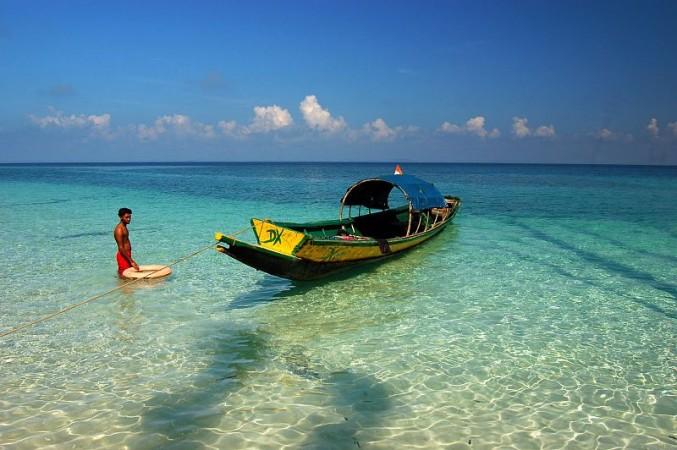After approving a plan to lay down railway tracks in Tawang, Arunachal Pradesh, the railways is also set to include the Andaman & Nicobar Islands in its network. On Monday (February 6), the ministry gave the green signal to the 240-kilometre broad-gauge railway line which will connect Diglipur in North Andaman Island with Port Blair, the capital of the Andamans located in South Andaman Island.
Railways coming up in Tawang: While Arunachal is happy about it, China has objections
Here is how the railway will benefit the Andamans:
Boost defence: According to the administration of the Andaman & Nicobar Islands, a Union Territory (UT), the railway project is of "immense strategic value" for the defence forces since Diglipur is located just 300 kilometres by sea from the southern coast of Myanmar. This railway route from Port Blair will help one reach Diglipur in just three hours, thus facilitating a faster deployment of soldiers and rescources during emergencies.
Improve scope of tourism: Besides strengthening the defence, the railway project which will also boost the scope of tourism in the Andaman and Nicobar Islands. According to Jagdish Mukhi, Lieutenant Governor of the UT, as soon as these line are commissioned, the tourist footfall will jump from the current 4.5 lakh visitors annually to around 6 lakh annually. The railways will also help the tourists to easily visit Ross and Smith islands that are major tourist attractions in Diglipur.

3) The local residents will also benefit from this railway lines as it will connect the largest town in North Andaman Island with the capital.
"If they get trains to our island, travelling will become much easier. Diglipur has about 40,000 population, so it will make the to and fro travelling much easy," Tufan Kishen, a native of Port Blair told International Business Times, India.
The project, which was initially dropped, has received a fresh push after the railways updated the survey which it had completed in December 2014.









